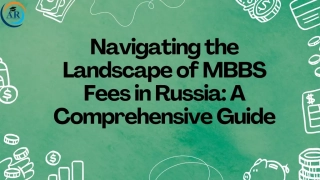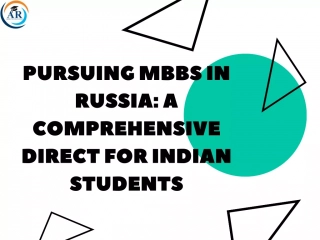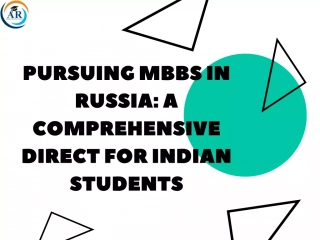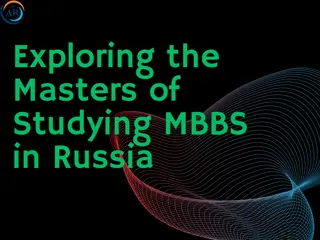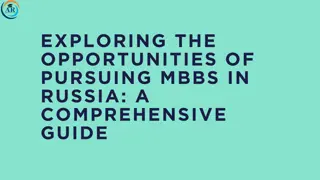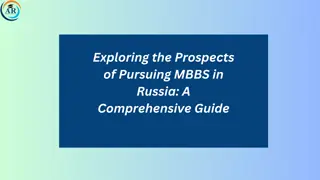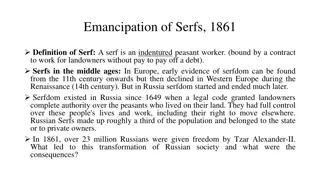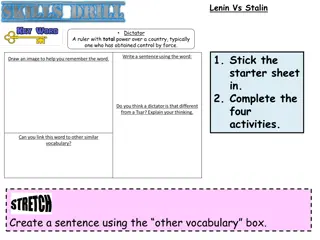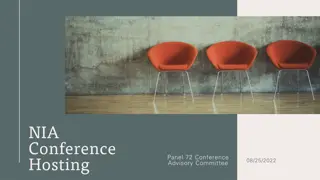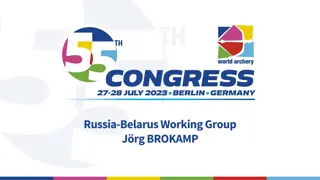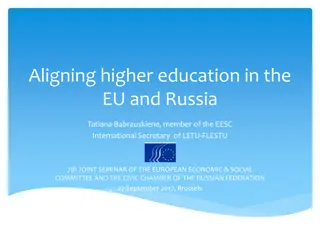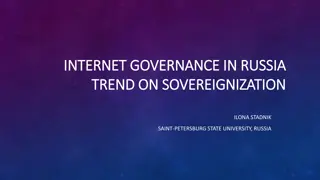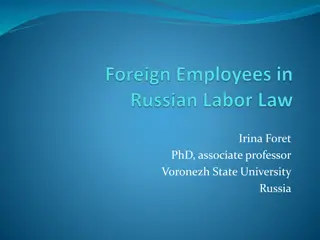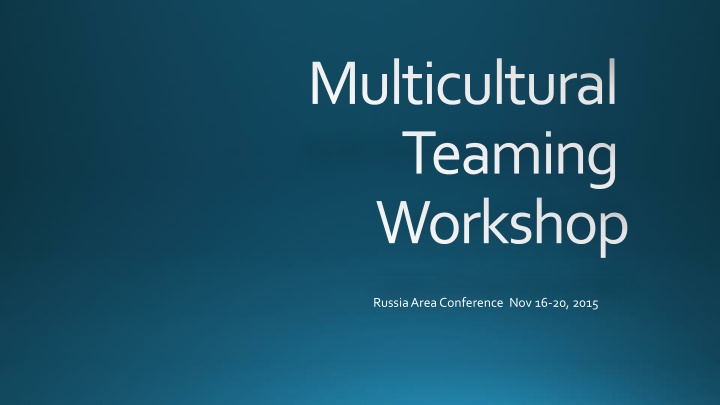
Multicultural Teaming Workshop in Russia - SEND Conference 2015
Gain insights into the intricacies of multicultural teaming at the SEND Conference 2015 in Russia. Explore topics such as communication challenges, cultural diversity, and action steps for thriving in a multicultural team context. Enhance your understanding of low-context communication and the impact of cultural influences on team dynamics.
Download Presentation

Please find below an Image/Link to download the presentation.
The content on the website is provided AS IS for your information and personal use only. It may not be sold, licensed, or shared on other websites without obtaining consent from the author. If you encounter any issues during the download, it is possible that the publisher has removed the file from their server.
You are allowed to download the files provided on this website for personal or commercial use, subject to the condition that they are used lawfully. All files are the property of their respective owners.
The content on the website is provided AS IS for your information and personal use only. It may not be sold, licensed, or shared on other websites without obtaining consent from the author.
E N D
Presentation Transcript
Multicultural Teaming Workshop Russia Area Conference Nov 16-20, 2015
Multicultural Team M
Purpose To help SEND missionaries in Russia plan to use their teams cultural diversity to the greatest advantage in fulfilling the ministry to which God has called them. Individual: each individual will commit to at least one action step to not just survive but thrive in their multicultural team context. Team: each team will commit to a few next steps to overcome the unique challenges of multicultural teaming.
Overview Day 1 The Realities of Multicultural Teaming in SEND Day 2 Digging Deeper into Cultural Diversity Day 3 Responding to Cultural Diversity Day 4 Planning for Progress as a Multicultural Team
The Communication Challenge https://www.youtube.com/wat ch?v=kLTvAOijPKs Low Context: Good communciationis precise, simple, clear. Messages are expressed and understood at face value. High Context: Good communication is sophisticated, nuanced and layered. Messages are both spoken and read between the lines. Messages are often implied but not plainly expressed."
Multicultural teams must learn to communicate in low-context ways because the multicultural environment confuses the cues that are necessary for high-context communication. For the direct (low context) communicators: try to be more indirect and a softer communicator. For the indirect (high context) communicators: aim for a more direct style. Even though it might feel awkward and rude to you, remember that the direct communicator cannot pick up on the subtle clues that seem obvious to you. Avoid directly disagreeing with co-workers, and voice disagreements in more subtle ways. Be less confrontational and use words like maybe and perhaps more often.
Day 1 Realities of Multi-cultural Teaming in SEND
Russia Area By citizenship Introduce Yourself (1 minute each) Share with the group how you would define yourself culturally --not just your citizenship, but other factors that have influenced who you are culturally (e.g. previous citizenship, parents nationality, significant exposure to other cultures, specific cultural context within your home country, etc.
Citizenship of SEND Members (2014) US 377 Canada 70 Philippines 33 Germany 19 Hong Kong 11 Guatemala - 7 Australia 7 Switzerland 5 Taiwan 3 Poland - 2
Sending Offices / Mission Partnerships Vereinigte Deutsche Missionshilfee.V(VDM) - Germany Deutsche Missions Gemeinschaft(DMG) Germany SweizerischeMissions-Gemeinschaft(SMG) Switzerland Bund EvangelikalerGemeinden sterreich(BEG) Austria UFM Worldwide UK FAM Internacional(FAM) Central America (10 countries) Australia Missionary Tidings (AMT) Interserve Australia SIM Australia SIM East Asia Singapore (5 countries represented) Missions Mobilization Ministry of Ukraine (3M) SEND Canada Office SEND East Asia Sending Office Hong Kong SEND Philippine Sending Office SEND US Office
SEND Value Unity in Diversity "We incorporate missionaries of many nationalities in the task of disciplingthe nations. Our desire is to have a multinational membership working together in harmony towards the fulfillment of the Great Commission."
SENDs majority culture (American) How others view them How they view themselves
Day 2 Digging Deeper Into Cultural Diversity
Different Ways of DOING Things Holiday Which holiday of the year is most important to you and how do you celebrate it? (1 minute each in your group)
Ideas for Developing a Deeper Understanding of Our Differences Brainstorm for 5 minutes in your groups Groups: US Men US Women Canada Swiss/German
Some Attempts at Categorizing Cultural Differences Hot / Cold Cultures - Foreign to Familiar Sarah A Lanier Hot-climate cultures cultures that are relationship-based . They are generally found in warmer climates though there are exceptions. Examples include most Latin American countries, parts of Africa and Alaska. Cold-climate cultures cultures that are task-oriented . They are generally found in colder climates, with exceptions. Examples include the northern United States, Western Europe and Israel.
Categorizing Cultural Differences Lingenfelter s 12 Paired Values Questionnaire Time / Event DichotomisticThinking / Holistic Thinking Crisis / Non-crisis Task / Person Status / Achievement Conceal Vulnerability / Show Vulnerability
Categorizing Cultural Differences Hofstede s Cultural Dimensions Website Country Comparison Power Distance Index Individualism vsCollectivism Masculinity vs. Femininity Uncertainty Avoidance Index Long Term Orientation versus Short Term Normative Orientation Indulgence vs. Restraint
Categorizing Cultural Differences Erin Meyer s Culture Map Erin's Explanation Communicating -low-context or high-context communication? Evaluating Direct or indirect criticism? Persuading -principles first or applications first in proving a point? Leading egalitarian or heirarchical? Deciding consensual or top-down? (Not necessarily linked to where they are on the egalitarian/ hierarchical scale.) Trusting based on relationship or on working partnership? Disagreeing -helpful or harmful? Scheduling linear or flexible?
Categorizing Cultural Differences Erin Meyer s Culture Map Assessment: What's Your Cultural Profile
Erin Meyer's Culture Map Culture Comparison U.S - Canada - Germany - Russia - Low Context High Context Direct Negative Feedback Indirect Negative Feedback Principles First Applications First Egalitarian Hierarchical Consensual Top Down Task-Based Relationship Based Confrontational Avoid Confrontation Linear Time Flexible Time
Find all these Resources on the SENDU Wiki Other helpful tools?
Identify the top challenges for your team Each person gets 4 dots Tambov Green Lipetsk Red Buryatia Blue Each individual dot what you think are the top 3 challenges for YOUR team. Put 2 dots on the one you think is the GREATEST challenge.
Day 3 Responding to Cultural Diversity
Natural Responses to Cultural Diversity Brainstorm:
Biblical Response to Cultural Diversity What Bible passages can be applied to working together on a multicultural team? Groups: (according to date you became a SEND member) Before 2000 2000 2005 2006-2009 2010 -2014
Some principles for growing in effectiveness as a multinational team (Brainstorming) Choose to believe that your teammates are basically good-willed they have good intentions even if you may experience miscommunication and conflict. View people as individuals, not putting them into a category Have an attitude of learning Look for the best in other people. Focus on those things that are good, worthy of respect Increase our self-awareness note what is causing our frustration and how to deal with it.
Resolve to go to a person that you have conflict with. Be aware of our own sinfulness, propensity to sin. Pray for one another Realize that we are all in a process of change. Remind myself of God s high value of unity and command for me to work hard at keeping it. Recognize there is more than one answer, more than one way of doing things doesn t have to be my way There are not any bad questions invite all questions. Look at things with eternity in mind. Will this matter in 100 years?
Listen Always maintain unity (as much as it depends on you) Clarify what unity means. But allow that sometimes disagreeing may lead to something greater Let God be the judge. Stop trying to be God Not losing sight of our goal as a team. Be willing to change Hang on to Biblical truth, but hold loosely our interpretation of that truth. Value every member of the team, even if they are very different than you.
Remember who your enemy is and what his weapons are Be intentional about thanking each member of the team. Remember to thank God for bringing your team together for a purpose. Be full of grace with any subject that is put on our challenges page Trust the Holy Spirit s work in the other person. Remember that this isn t a competition. Be kind.
Personal Reflection / Action Steps Identify one idea that has impacted your thinking so far in this workshop. Plan at least one action step that you are going to do in response. Write it down. Make it a SMART goal: Specific, Measurable, Achievable, Realistic and Time-bound. e.g. I will read Erin Meyer s Culture Map by the end of 2015. I will ask Ken today to help bring reconciliation between me and my team leader. Before this conference is over, we will set a date for the 3 of us to meet regarding this.
Day 3/4 Planning For Progress as a Multicultural Team
Since God chose you to be the holy people He loves, you must clothe yourselves with tenderhearted mercy, kindness, humility, gentleness, and patience. Make allowance for each other s faults, and forgive anyone who offends you. Remember, the Lord forgave you, so you must forgive others. Above all, clothe yourselves with love, which binds us all together in perfect harmony. And let the peace that comes from Christ rule in your hearts. For as members of one body you are called to live in peace. And always be thankful (Col 3:12-15 NLT)
Clarify the top Challenge for your team (5 minutes) Brainstorm on specific ways/activities to overcome those challenges. (10 minutes) From that list, identify the top ideas (by dotting 3 dots per person). (5 minutes) Clarify and commit to the top 1-3 ideas. (10 minutes) Identify key next steps for each idea. (30 minutes) Specific, Measurable, Achievable, Realistic, Time-bound What, Who will give leadership, When Decide how/when your team will discuss the other challenges on your list so they don t get lost. (SMART) (10 minutes)

